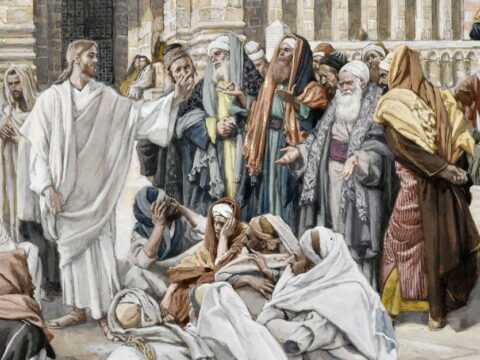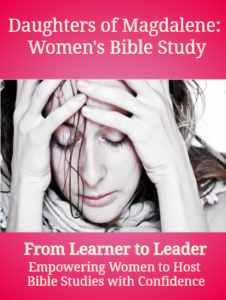We often think of Levi and Elijah as law and prophets. Both men have been on the mountains to receive revelation. They are expected to appear at the coming of the messianic age. Instead, they were taken up into heaven, where they met God face-to-face and learned His will.
Transfiguration
Luke 9:28-43 contains one of the most mysterious and epic events of Jesus’ life. During the Transfiguration, Peter sees Jesus’ face like the sun and meets Moses and Elijah. He also hears a voice from God. The majesty of this encounter makes Peter speechless, and he is moved to fall down. He finds himself in a world unlike his own.
Moses
The reading from Exodus describes Moses teaching the Israelites. In Luke’s Gospel, Jesus descends from a mountain to teach his struggling disciples and heal a boy possessed by an unclean spirit. The kinship between Jesus and Elijah is underscored by Luke’s use of 1 Kings 17:23, Luke 9:42, and Luke 7:15. This unified reading of the Old Testament makes Jesus’ message clear: He has come to heal, free, and save.
Elijah
In Luke 9:28-43, Jesus appears to be a prophet similar to Elijah, the Old Testament prophet. Both men worked in a similar way to reform the nation, standing up to the corrupt rulers. The two men were similar enough in many ways to encourage people to follow Jesus as the political messiah.
The disciples
The disciples in Luke 9:28-43 are a bit confused about what Jesus is doing. They are worried about the sick boy, and they are also anxious about the large crowd that is waiting to see the boy healed. Yet, they are helpless to help. They are overwhelmed and feel unable to do anything. They feel helpless, but Jesus comes down from the mountain to meet them in their everyday need. We can learn from this story about the heart of the Christian faith: we need God to meet us in our everyday lives.
Exodus
The theme of sight dominates Luke’s story of the transfiguration and Exodus. In a scene where Jesus and Moses are on a mountain, the audience is invited to behold Moses and Elijah as they are transfigured, accompanied by Jesus in glory. The Greek word for sight, exodos, is rendered as “departure” in the New Revised Standard Version, but this misses both the force of the word and the link to other themes of the exodus.
Peter’s proposal to build booths
Peter’s proposal to build booths in the desert may have been inspired by the Feast of Tabernacles, which Jesus had just completed. Peter’s proposal may have been an attempt to get the people to take up his call to preach to the people, who would otherwise be in a state of despair and fear. Alternatively, the proposal could be an attempt to get people to listen to Jesus’ message, which is something we should all strive to do.
Moses’ veil
The New Testament mentions Moses’ veil only once, in 2 Corinthians 3:13, and does not mention his motive for wearing it. Instead, it is part of Paul’s argument to contrast the Old and New Covenants. Paul contrasts the Old Covenant, written on tablets of stone, with the New Covenant, written on the heart.
Jesus’ death
Jesus’ death is a key part of Luke’s gospel. He predicted that the disciples would betray him and cause his death, and he also predicted that his disciples would suffer and die. But the disciples do not listen to his warnings. Instead, they squabble and argue about who would be the greatest disciple.







